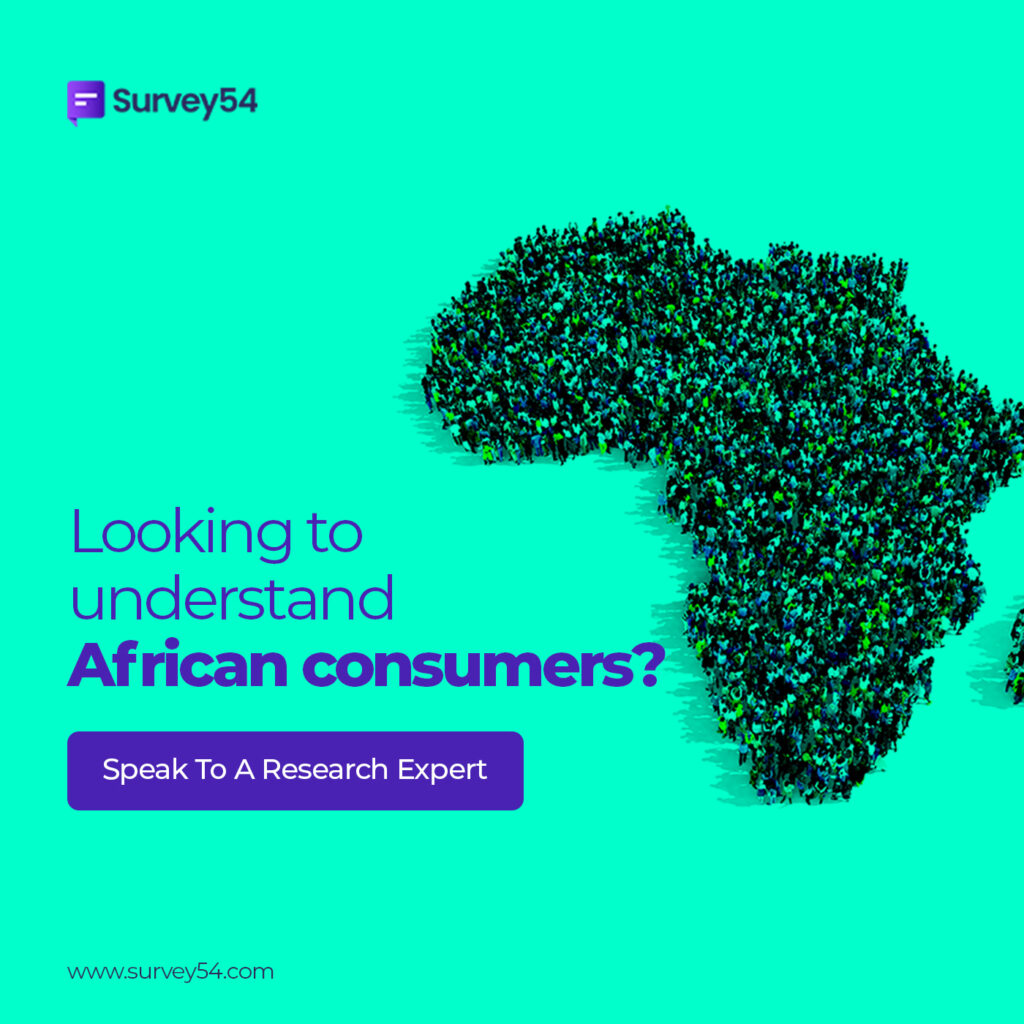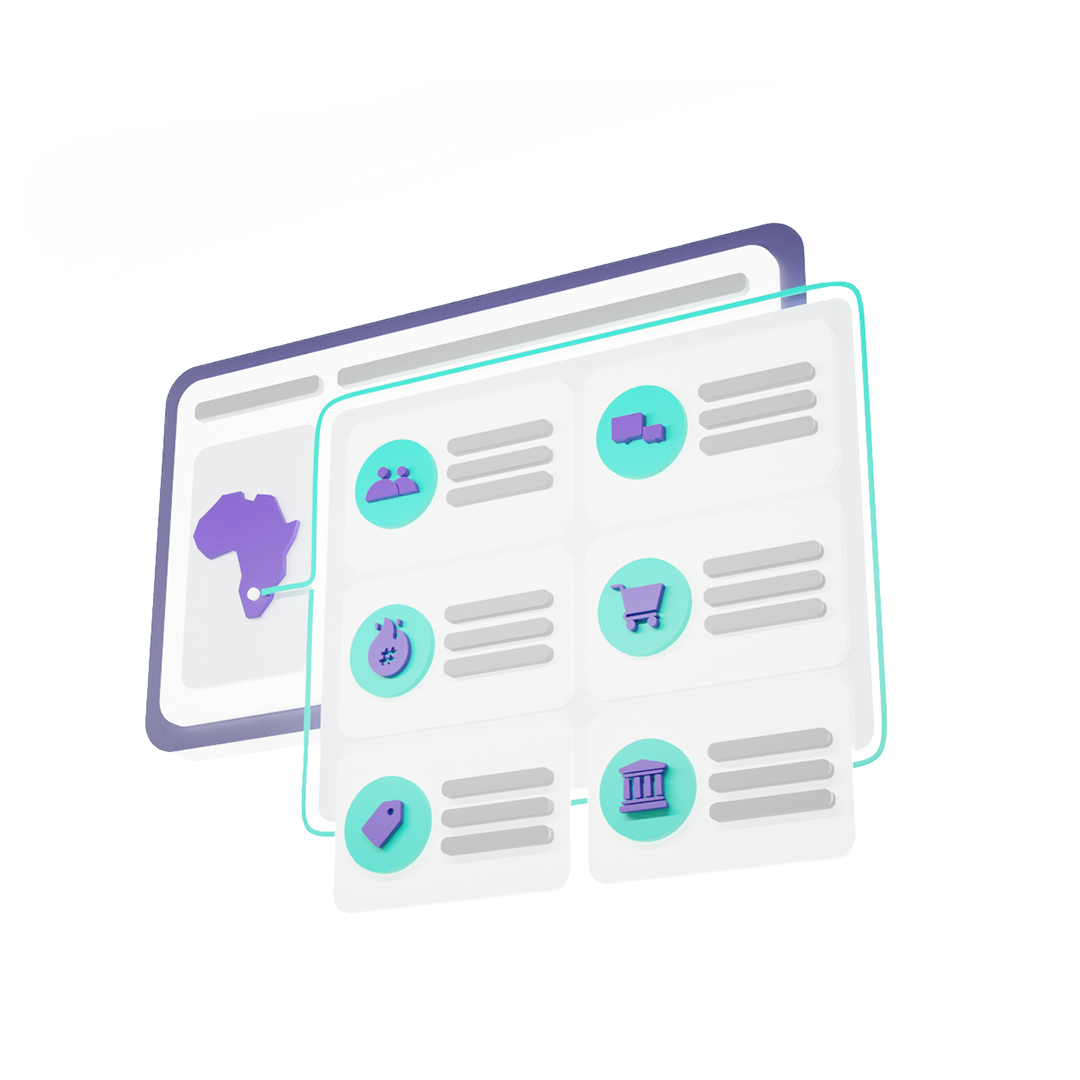Some major businesses that lost a significant portion of their market share suffered a common setback: they remained static while their customers moved on. Companies must identify their customer segment and establish actionable customer insight in a constantly changing world where technology shapes most businesses. Customer insight is the core human truth or emotion that guides businesses about what customers do and why they do so.
Customer insight and market segmentation work hand-in-hand to help businesses succeed globally. Businesses in Africa are not left behind.
Why segment your target market?
Businesses must realize that they must target customers based on their realities to succeed. The one-size-fits-all ideology is no longer viable. However, you must ask yourself, “Why will this customer select my product over another?” Segmentation teaches you discipline and allows you to run your business more efficiently. The following are important factors to consider when segmenting your market:
- Who are you aiming for?
- How diverse are they?
- To whom is my company most efficient?
You can segment customers into three groups based on demographics, age, and income. What you must remember, however, is that while most of your customers may fall into one of these categories, their motivations are not the same. For example, a 25-year-old with a family does not share the same motivation as a 25-year-old in their third year of university. Putting their motivations into context will help you refine the segmentation process.
Developing an actionable customer insight
You can accomplish this by identifying your target customer’s life in real terms. Consider what you know about this person, such as their gender, age, employment status, industry, family, and lifestyle, among other things. At this point, you devise a strategy for how your product will fit into their hectic schedule. The customer does not have time control, and your responsibility as an entrepreneur is to ensure that your product does not consume more time. Think about the following:
- Packaging – The customer must be able to unpack your product in the shortest amount of time. You must ensure that your product adds value to your customer’s life.
- Distribution – It should be personalized in terms of distribution. Create a distribution strategy that allows your customers to access your product as soon as possible.
Why customer insight is important to succeed in Africa
Unfortunately, foreign and domestic businesses that fail to recognize the importance of customer insight in scaling in Africa have failed despite investing millions of dollars in market development. The economics of GDP and expected economic growth do not always correspond to the forecasted trends. Other markets’ experiences will not be the same in Africa, and this is why;
1. Diverse cultures
People mistake Africa for having a single monolithic culture. Like the United States of America, Africa comprises 54 independent nations. Second, depending on previous colonial masters, there will be English-speaking, French-speaking, German-speaking, Portuguese-speaking, Spanish-speaking, and Arabic-speaking people. Finally, there are about 3,000 culturally diverse groups with a wide range of cultural orientations across the continent. Understanding these distinctions may assist marketers and communication experts in developing appropriate messages. For example, there was a protest in 2012 over a painting titled ‘The Spear’ that depicted the genitalia of the former President of South Africa, Jacob Zuma. As such, you want to be careful with what you use in your communique and how you use them.
2. We are one but different
Africa is viewed as a single large market, with the recently signed intra-Africa trade treaty awaiting ratification by all countries. However, we differ because individual states are organized into nations with different regional interests. The trading blocs of COMESA, ECOWAS, IGAD, and SADC represent the differences, even though they are all unified under the African Union (AU).
3. Technological advancements
The young African population is technologically empowered through mobile communications and mobile money. Smartphone internet access also leads to greater e-commerce penetration. African youths are now better informed about global issues, European football, and trade. The continent’s level of innovation and creativity would astound world leaders. There is an increased presence of business incubators, accelerators, and venture capital funds from around the world, which is gaining traction and opportunities from the continent’s innovative entrepreneurs. The continent’s problems necessitate the creative mindsets that young Africans provide.
4. Select Entry Carefully
Firms that want to do business in Africa must carefully plan their entry strategy. Those that thrive in Africa are usually in Nigeria, Ghana, Kenya, Ethiopia, and South Africa. WHY?
(i). Entry into the West African region is easier from Nigeria and Ghana.
(ii). Ethiopia and Kenya provide a gateway into the larger 400 million-plus population of expanded East Africa.
(iii). South Africa is an excellent gateway to Angola, Mozambique, and other southern African countries.
Wrap up
To sum up, doing business in Africa necessitates a multi-strategic approach based on experimentation, continuous learning, and inclusivity. Working with local partners may reduce the learning curve and provide better forecasts with a proper perspective of Africa. Adequate customer insight makes all these possible and improves scalability.
Do you want a personalized approach for your business and increase your chances of succeeding in Africa? Do you want to make critical business decisions based on the customer insight that fits your business and market? Contact Survey54 today for an expert guide.






